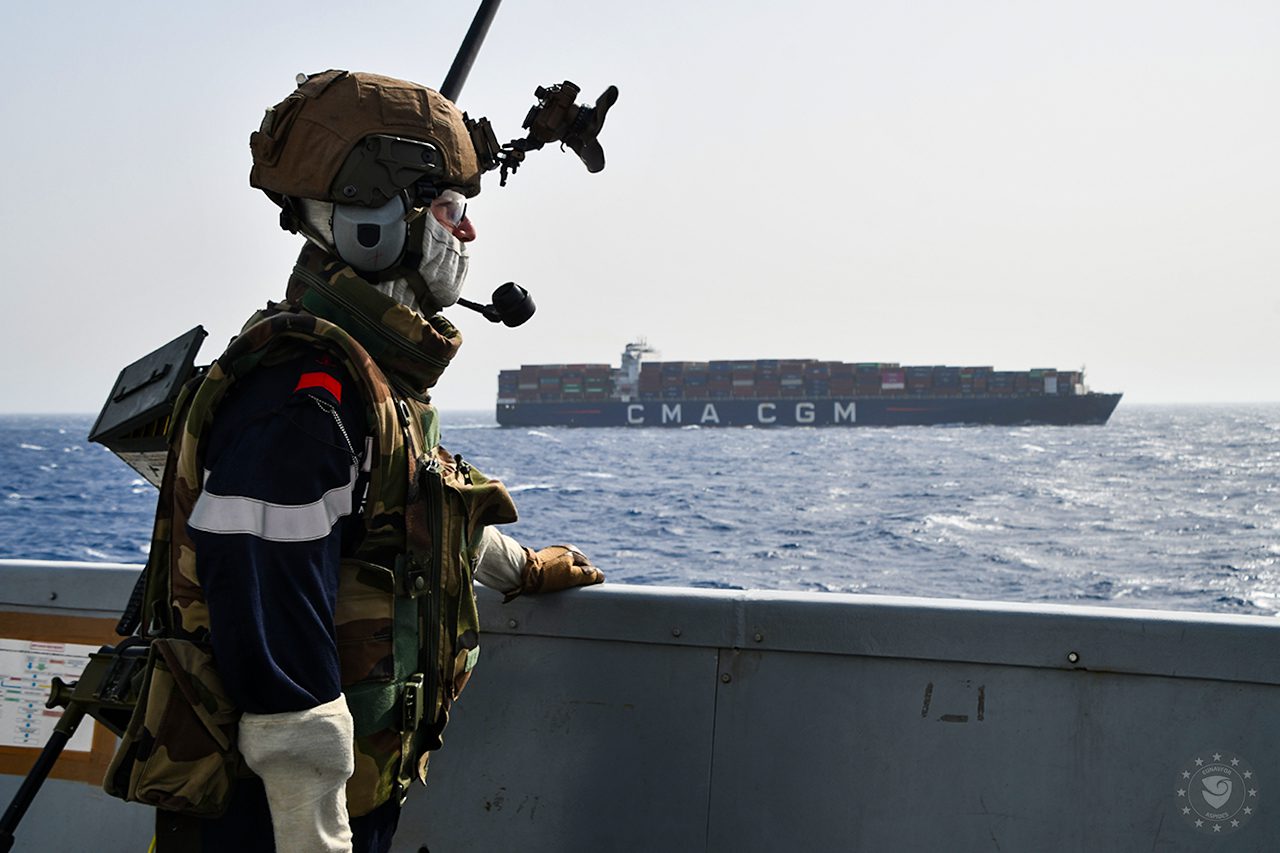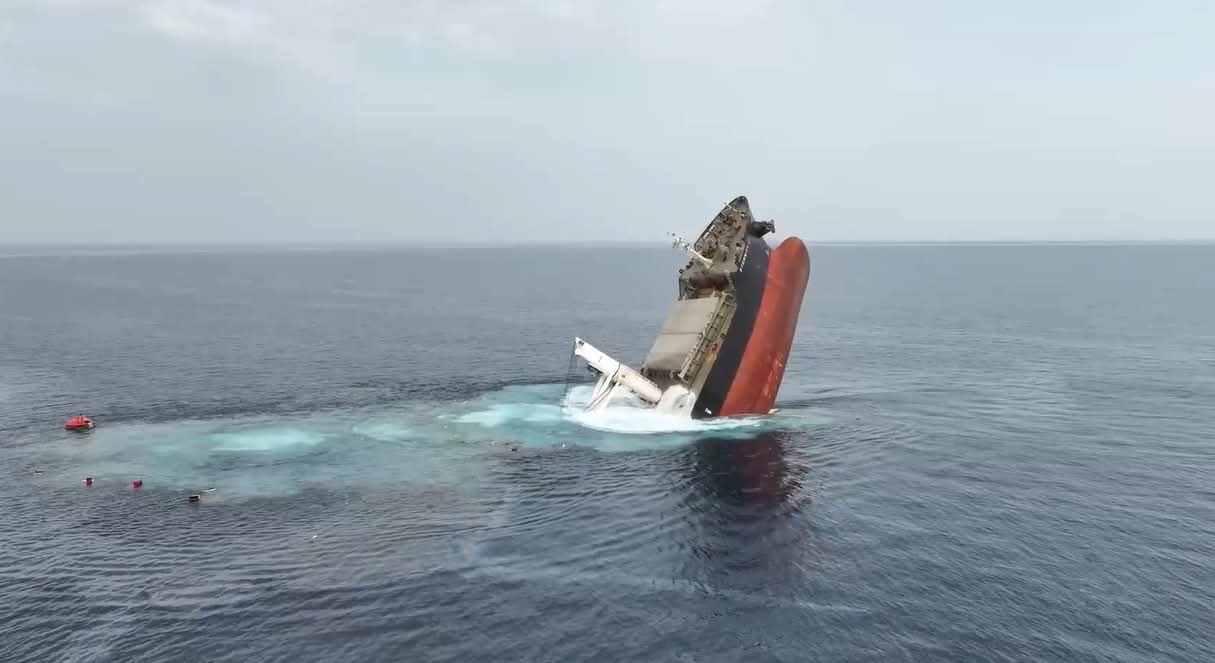The maritime climate season has now officially begun.
Marine Money, the prodigious publisher and conference organizer which has positioned itself at the intersection of maritime and climate related matters, kicked off its virtual three day climate summit, just six weeks in advance of United Nations’ Glasgow “COP 26” summit in early November. The International Maritime Organization’s (IMO) Marine Environmental Protection Committee meeting (MEPC 77) will take place a few weeks after that.
Marine Money’s first day (with its event tied to New York City’s Climate Week, as the United Nations General Assembly was meeting) offered a broad overview of issues facing the maritime business. It included viewpoints from leaders at that perilous intersection which sees shipping- which has had a reputation, traditionally, for being a polluter, buffeted by waves not previously encountered, notably the whole ESG (Environment, Social and Governance) consciousness looming large in the eyes of investors. Yes, in a world looking to drastically cut carbon emissions in the coming decades, shipping must follow the current, but it’s one of those voyages where there is much uncertainty looming ahead.
The conference organizers did a masterful job of quickly narrowing the focus from the big picture down to the efforts of individual vessel owners, along with the viewpoints of maritime financiers who must grapple with new regulatory frameworks in the face of a highly ambiguous future.
Up first was Mads Peter Zacho, Head of Industry Transition, Mærsk Mc-Kinney Møller Center for Zero Carbon Shipping, who presented alongside Matt Stone- from consultants McKinsey- both working closely on developing templates (described as a “techno- economic modeling tool”) for shipowners to manage some of the uncertainties. Mr. Zacho presented a bad news/ good news scenario, noting (first- the bad news) that shipping’s present path will not get it to 2050 zero-carbon targets as trade continues to grow, but (then- the good news) that there is hope. Mr. Stone delved into specifics, noting that the solutions are split between bringing efficiencies to retrofitted and new fossil fueled ships, and on the development of alternative fuels (including methane, ammonia and hydrogen- in the deepsea realm) which won’t see feasible technical implementation until five or perhaps ten years out in the future. The speakers pointed to “…a variety of fuel options…” with no single alternative emerging as dominant.
A later session, which included top executives from leading owners, highlighted their present efforts (no gazing far out into the future for these guys) to gain the aforementioned efficiencies. Mr. Hew Crooks, the Chief Financial Officer of privately held Ridgebury Tankers, said it best- describing his company’s approach as “…moving from a daily noon report thinking to high frequency thinking…” talked about a ship specific approach to improve fuel efficiency on the second hand tankers it operates. Ardmore Shipping’s CEO Tony Gurnee noted that its strategy included migrating towards “sustainable cargoes”, and then focusing on design efficiencies (paints, ducts, fins and nozzles were all mentioned in this panel’s discussion) that “…will become important as more expensive [alternative and future] fuels…” are consumed. He also talked about working closely with customers on longer term “transitional projects.” Other speakers, on yet a different panel, noted that fuel costs could increase substantially in the coming years, as the carbon price rises.
Mr. Engelbret Dahm, from Norwegian owner Klaveness, mentioned experimentation with rotor sails (and also, mentioning charterer customers, talked about including sustainability features in the company’s freighting contracts), while Seanergy’s Stamatis Tsantanis picked up the theme of partnering with charterers (a driving force in all of the shipowner conversations) of its Capesize vessels on paying for ship efficiency projects. He added that with the improvement in the drybulk markets (consider that Capesize bulker spot rates at nearly $54,000/day !!! according to the Baltic Exchange), Seanergy is shouldering the entire expense of modifications. According to Mr. Tsantanis, Seanergy has been installing telemetry and route optimization software, and has recently begun exploring the use of artificial intelligence (AI), in addition to physical modifications and refinements.
The bottom line, from Mr. Zacho’s opening session remarks, pointed towards four critical levers for maritime decarbonization:
- Tighter energy efficiency regulation to reduce overall energy demand
- Zero carbon fuels made available through scaled up production and at reduced cost
- A well designed global carbon tax
- Support to first movers, green corridors, and large demonstration projects

 Join The Club
Join The Club











